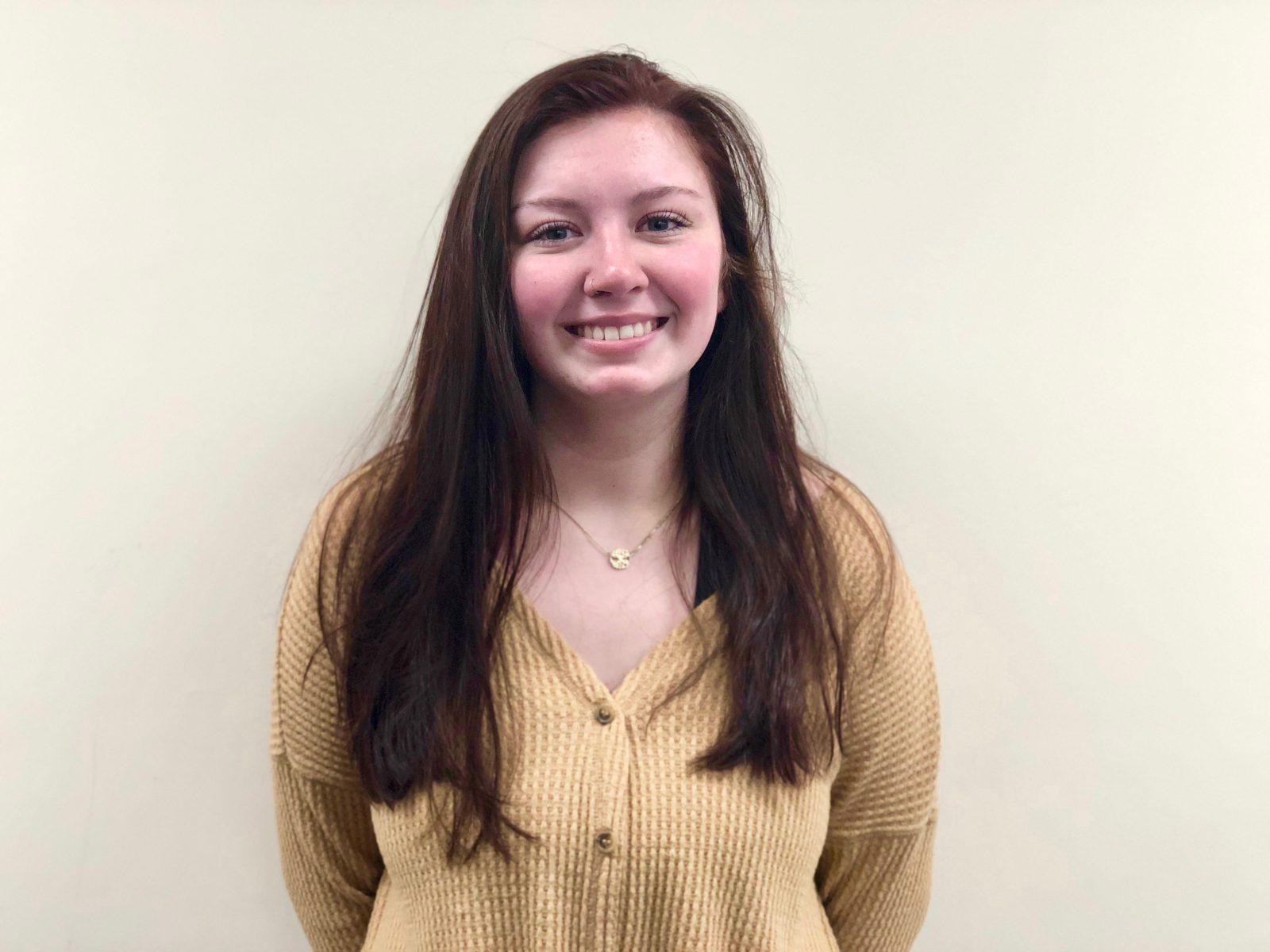Almost 50 years ago, Boston public schools were in near chaos as the City faced backlash for its attempts to desegregate schools. The school system bused students out of their districts to ensure more diversity and desegregation, which had been prevented by a stark geographical separation of the races among the city’s neighborhoods.
This “busing crisis” is still referred to as a hard-fought battle for school integration, and yet it was set in the northernmost urban center on the East Coast. Society made desperate attempts to desegregate the lives and cultures of all races in the latter half of the 20th century. However, segregation in Boston persists.
According to the The Boston Globe, around 40 percent of the city’s schools were intensely segregated 20 years ago. Today, nearly 60 percent of schools are intensely segregated, representing a 50 percent increase in that figure.
The At-Large City Councilors sitting on the Boston City Council are a diverse group, consisting of three women of color and one white man. As a whole the city champions diversity, making steps toward comprehensive representation in the city council and through its election of Ayanna Pressley to the U.S. House of Representatives in November.
But this follows a pattern of perceived inclusivity in the city that distracts and pushes attention away from the intense separation and wealth gap between racial communities.
Majority black neighborhoods — such as Roxbury, Dorchester and Mattapan — are clustered into mostly three council districts as opposed to other districts that tend to fall into more traditional neighborhood boundaries. The concerns they raise to their councilors are markedly different from those raised in majority white districts.
In the Seaport, which is part of District 2 and represented by Councilor Ed Flynn, residents discuss a need to study traffic to reduce congestion.
For Roxbury residents, the majority of whom are black and reside in District 7, meetings with their councilor consist of concerns about residents’ ability to stay in their homes. The neighborhood’s rent is rising, and newer, wealthier residents are trickling in while long-time inhabitants are trying, and often failing, to avoid eviction.
The struggle to stay in your home and the struggle to find somewhere to park your car in a brand-new, highly gentrified neighborhood are hardly comparable. It is the job of each councilor to fight for the requests of their own constituents, but when the obstacles each district faces are so uneven, the council as a whole must address growing disparities.
In a political system that prioritizes the majority above all else, the current method of representation inhibits progress. While individual district’s representation is important, it is more important to ensure the development of Boston as a whole, considering the appeals of even the smallest minorities.
Change for Roxbury and other neighborhoods cannot be made in those districts alone, but requires an overhaul of Boston’s priorities. There will be time to improve parking and congestion when any and all of Boston’s citizens are protected from skyrocketing rent and widespread eviction.
Of course, accurate representation is preferred to a council of all white men representing a diverse population, but the agenda of the council is fueled by the majority opinion, which rarely reflects the city’s most pressing issues.
























































































































